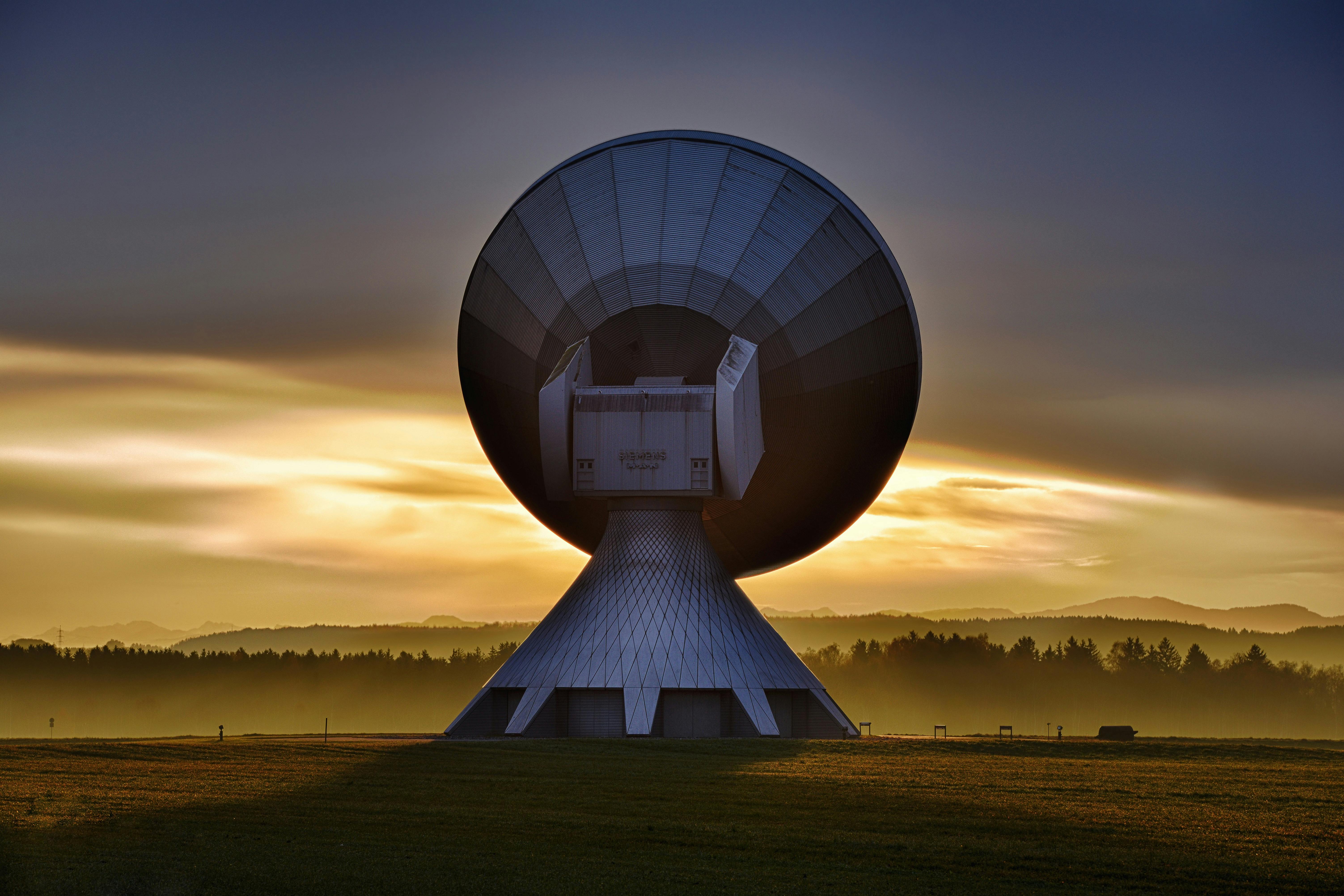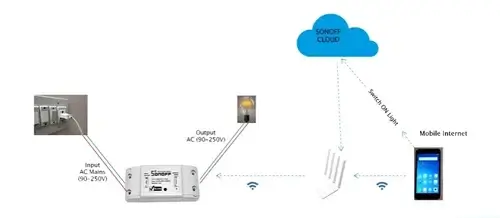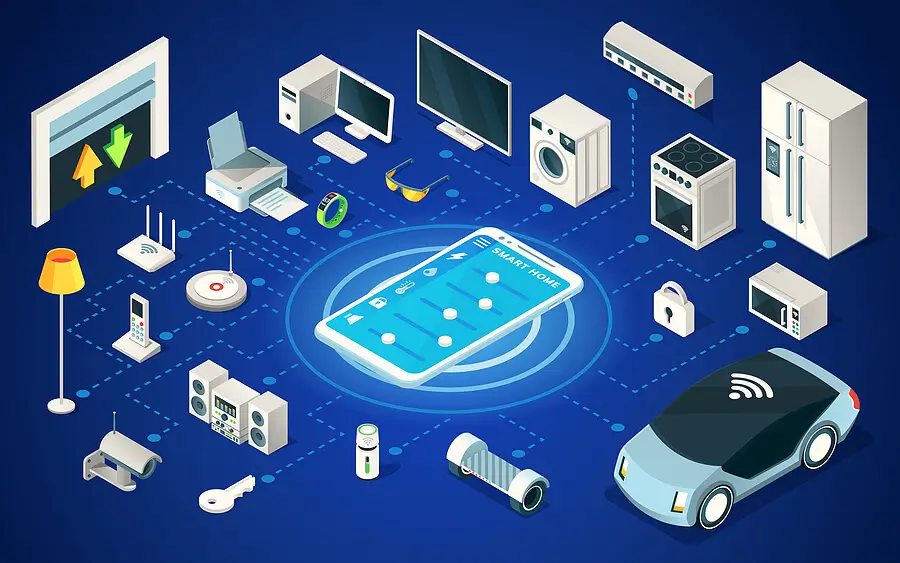Magnetic Pickups and Tachometers in IoT: Turning Motion into Data
Ever watched a turbine spin or a motor hum and wondered — how do we actually know how fast that’s happening? In a world full of motion, speed is more than just a number — it’s a signal that tells machines how well they’re performing.
Enter magnetic pickups and tachometers — the unsung heroes that turn every spin and rotation into real-time data. And when these sensors join forces with IoT (Internet of Things), they don’t just measure — they monitor, predict, and optimize.
What Are Magnetic Pickup Sensors?
A magnetic pickup sensor is a type of speed sensor that uses — you guessed it — magnetism to detect motion.
Here’s the simple idea: whenever a ferromagnetic object (like a gear tooth or bolt) moves past the sensor, it disturbs its magnetic field. The sensor picks up this disturbance and converts it into an electrical pulse.
Each pulse represents one movement or rotation — so by counting pulses per second, the system can calculate speed or RPM (revolutions per minute).
It’s a non-contact, durable solution — ideal for harsh environments where dust, oil, or vibration might damage delicate optical systems.
What Are Tachometers?
A tachometer is a device that measures rotational speed — essentially, how many revolutions something makes per minute.
There are two broad types:
- Analog Tachometers – Older, mechanical-style dials.
- Digital Tachometers – Modern versions that use sensors like magnetic pickups or optical detectors to display precise readings.
In IoT setups, digital tachometers are often used with smart controllers and dashboards, letting industries track speed remotely and respond instantly to any change.
How They Work Together
- A rotating gear or shaft passes by the magnetic pickup.
- The sensor generates voltage pulses with each rotation.
- These pulses are sent to the tachometer.
- The tachometer converts them into a readable speed value (RPM).
- IoT integration pushes this data to a cloud dashboard or controller.
The result? Real-time visibility into how fast a machine is running — from anywhere.
Why Magnetic Pickups Are Great for IoT
- 🧲 Contactless Measurement – No friction or mechanical wear.
- ⚙️ High Durability – Works well in hot, dusty, or oily environments.
- ⚡ Reliable at High Speeds – Ideal for engines, turbines, and conveyors.
- 📶 Easy IoT Integration – Output can be directly fed to microcontrollers or PLCs.
That makes them perfect for industries like automotive, manufacturing, oil & gas, power generation, and aerospace — anywhere precise motion tracking matters.
IoT Applications
- Predictive Maintenance: By continuously monitoring speed and vibration data, IoT systems can spot anomalies early — like a motor running slower than usual. This helps schedule maintenance before breakdowns happen.
- Energy Optimization: Tracking RPM helps industries ensure machines run at efficient speeds — avoiding both overuse and energy waste.
- Smart Manufacturing: In production lines, connected tachometers feed live speed data into control systems. If a conveyor slows or a spindle jams, IoT triggers instant alerts.
- Automotive & Aviation: Tachometers measure engine RPM and performance, helping IoT-based diagnostic tools analyze wear, fuel use, and engine health.
Example: Wind Turbine Monitoring
In a wind turbine, a magnetic pickup sensor counts the rotations of the main shaft. A connected tachometer processes this into RPM, and IoT sends the data to a remote dashboard.
If the turbine suddenly slows or spins beyond safe limits, the system triggers alerts or even adjusts braking mechanisms automatically.
It’s smart, safe, and efficient — all because one little sensor knew when to speak up.
Why IoT Makes It Smarter
- 📡 Remote Monitoring: View speed data from anywhere.
- 🔄 Real-Time Alerts: Get instant notifications for irregular speeds.
- 📈 Analytics: Track performance trends over time.
- 🔧 Automation: Integrate with controllers for auto shut-offs or adjustments.
That’s how simple RPM data becomes a foundation for Industry 4.0 — smart, responsive, and data-driven.
Wrapping It Up
Magnetic pickups and tachometers show how traditional engineering meets modern connectivity.
The magnetic sensor listens for movement. The tachometer translates it. IoT gives it meaning — turning raw motion into insights that keep machines healthy and efficient.
In a connected world, even a single turn of a gear can tell a bigger story — if you know how to listen.




